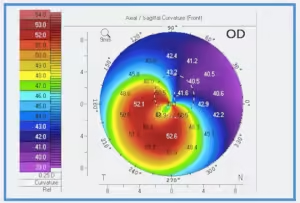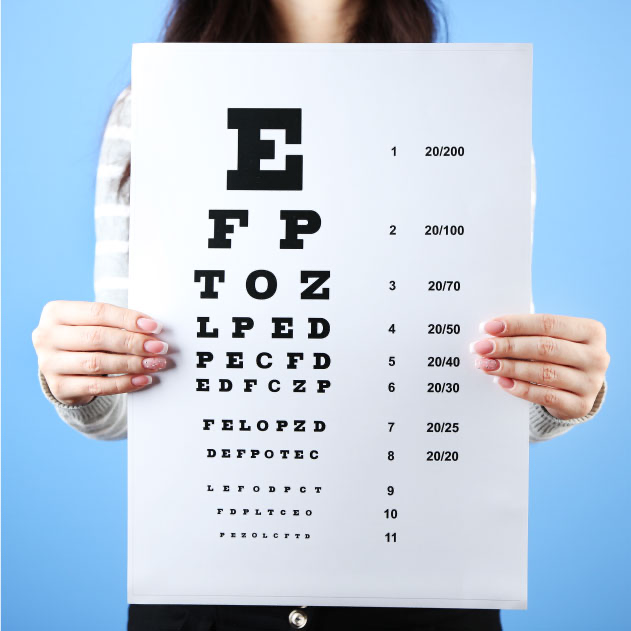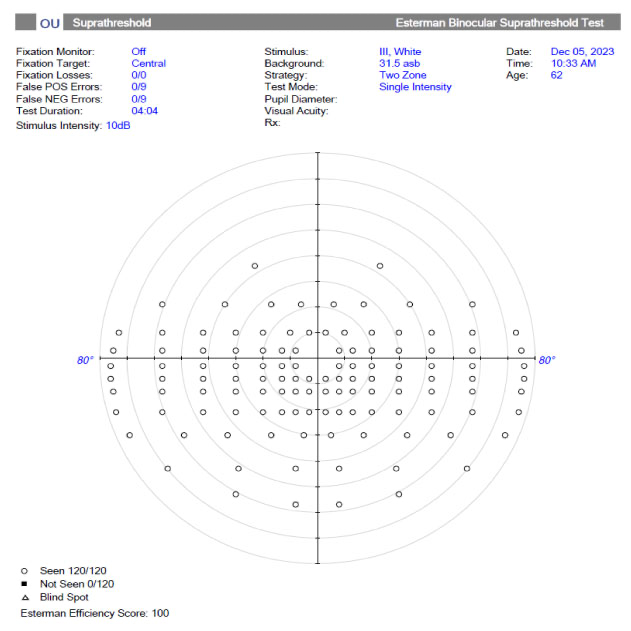
Driving is a privilege that comes with a set of responsibilities. To ensure the safety of everyone on the road, legal driving requirements are in place, including both the possession of a valid license and the fitness to drive safely. Assessing Fitness to Drive (AFTD) is a set of nationally agreed medical standards developed by the National Transport Commission (NTC), used by health professionals to assess a patient’s medical fitness to drive. The AFTD includes an eye checkup to ensure a driver’s capability for safe and effective navigation on the road.
When you apply for a driver’s license, you are required to disclose any health condition, illness or disability that could impact your ability to drive safely. Depending on your age and general health, you may need to sit a medical assessment or driving test to maintain your driver’s license. The medical standards for fitness to drive vary depending on the type of license you have, private or commercial.
As we age, changes in our general health can affect our ability to drive safely. There is no age limit to hold a driver’s license, however, from the age of 75, all drivers are required to have a yearly medical assessment. This assessment is required every year even if your license is valid for 3 or 5 years. The RMS will send you a letter asking you to take a fitness-to-drive medical assessment. This includes an eye checkup. Drivers need to meet specific visual standards, including a minimum level of visual acuity and a minimum extent of peripheral (side) vision. These standards are more stringent for commercial than private licenses.

Clear vision is essential for safe driving and the AFTD standards include specific requirements for visual acuity. Visual acuity is measured during the eye checkup using a vision chart. If you hold a private car or motorbike license you must read a minimum of 6/12 with both eyes open. If you hold a commercial or heavy vehicle license you must read a minimum of 6/9 with both eyes open. If you need glasses to reach the minimum visual acuity, they will be required to drive.

The visual field is a measure of the extent of a person’s peripheral (side) vision. Ocular conditions such as Glaucoma, some neurological conditions and significantly reduced vision in one eye (monocular vision) can affect peripheral vision. If a patient has or is suspected to have a reduced visual field, assessment using automated visual field testing is required. Patients must meet the minimum degree of visual field with both eyes open.
If your visual acuity or degree of visual field is just below the standard, however your ocular health and physical abilities are otherwise satisfactory an optometrist or ophthalmologist may support granting a conditional license.
When the visual standards are not met during an eye checkup, a conditional license may be considered by the licensing authority based on information provided by a treating optometrist or ophthalmologist. A conditional license identifies driving restrictions or modifications, such as daylight hours or reduced distances, which permit a driver to maintain their license.
Some eye conditions such as double vision or sudden loss of vision in one eye may prevent you from holding an unconditional license. These unusual cases need to be assessed and discussed with your eye specialist.
Maintaining a driver’s license is crucial for older individuals to preserve their independence, but it’s equally important to prioritize road safety. Medical standards for fitness to drive are specifically developed to ensure safety for everyone on the road.
Copyright © 2023 Nexus Eye Care | Trans4m Business Consulting – Website Design & SEO | Privacy Policy | ^